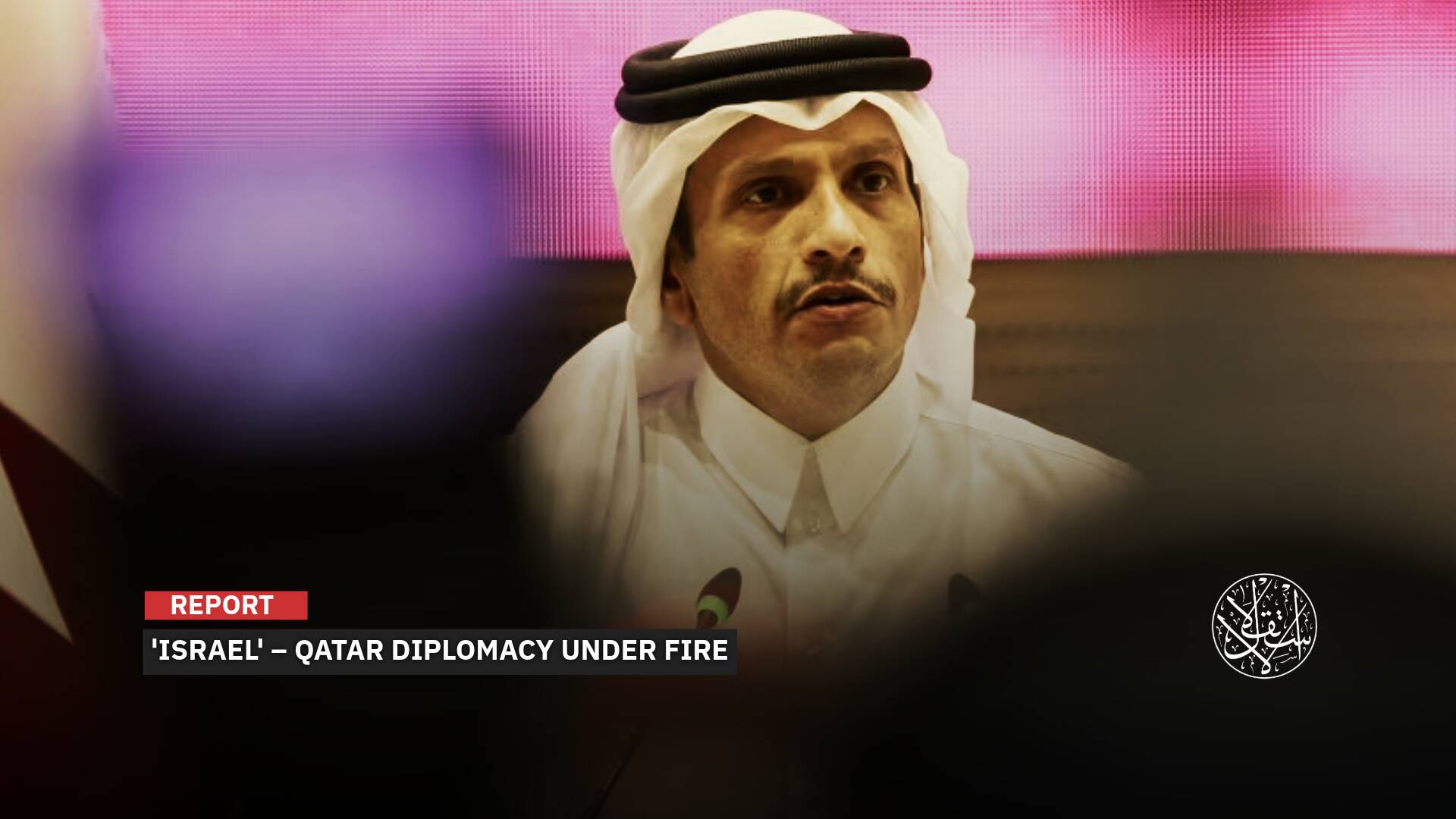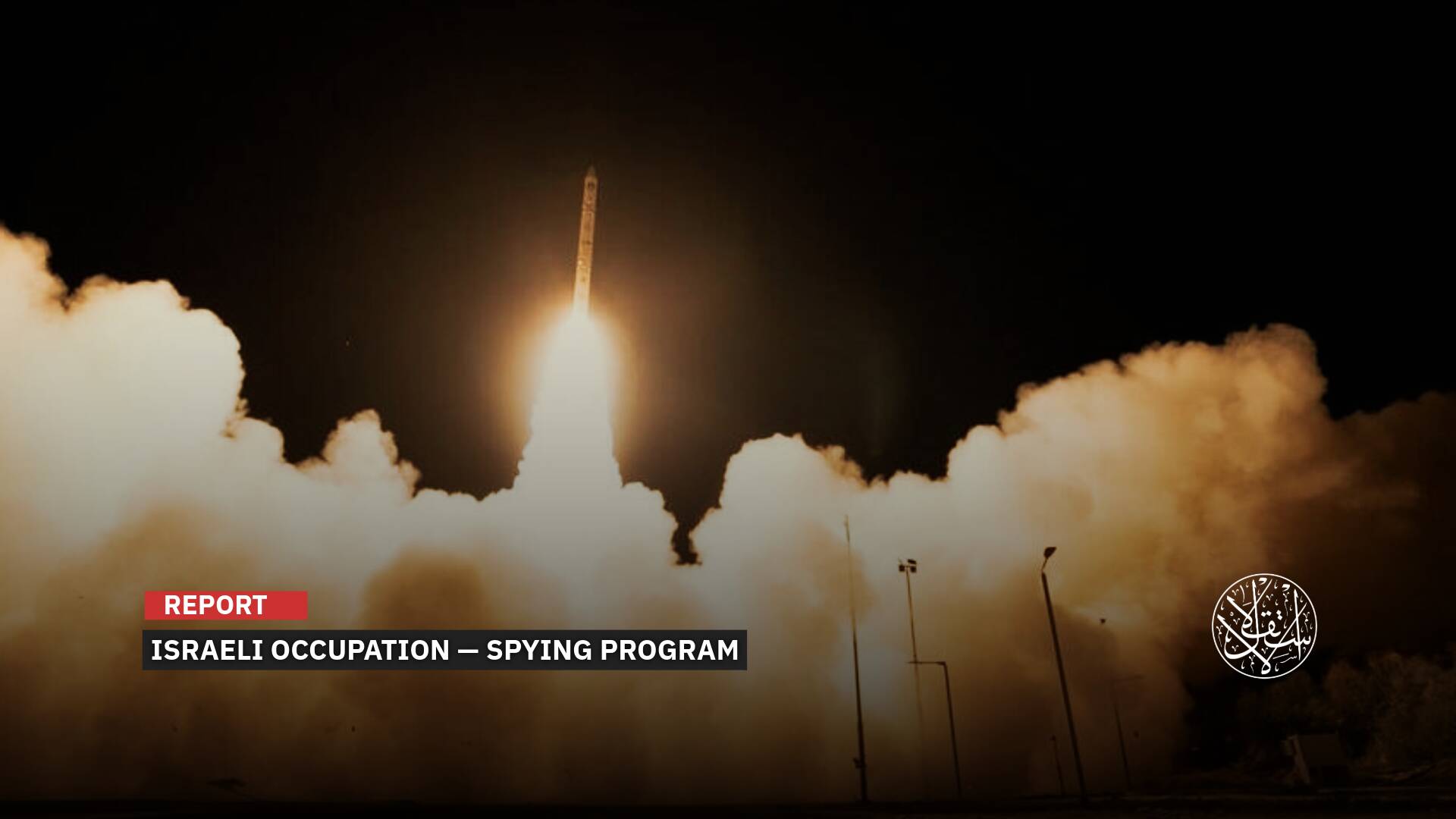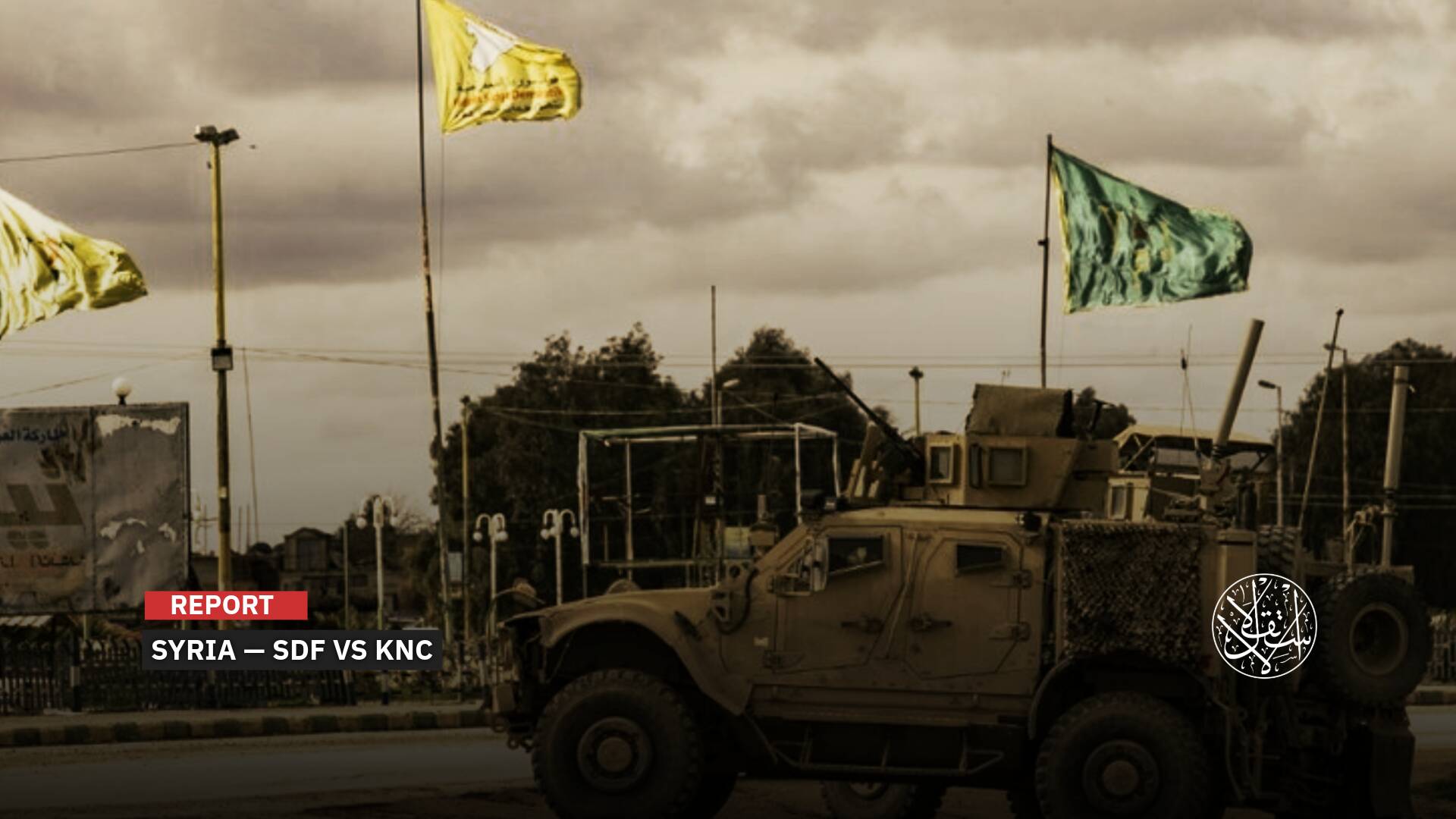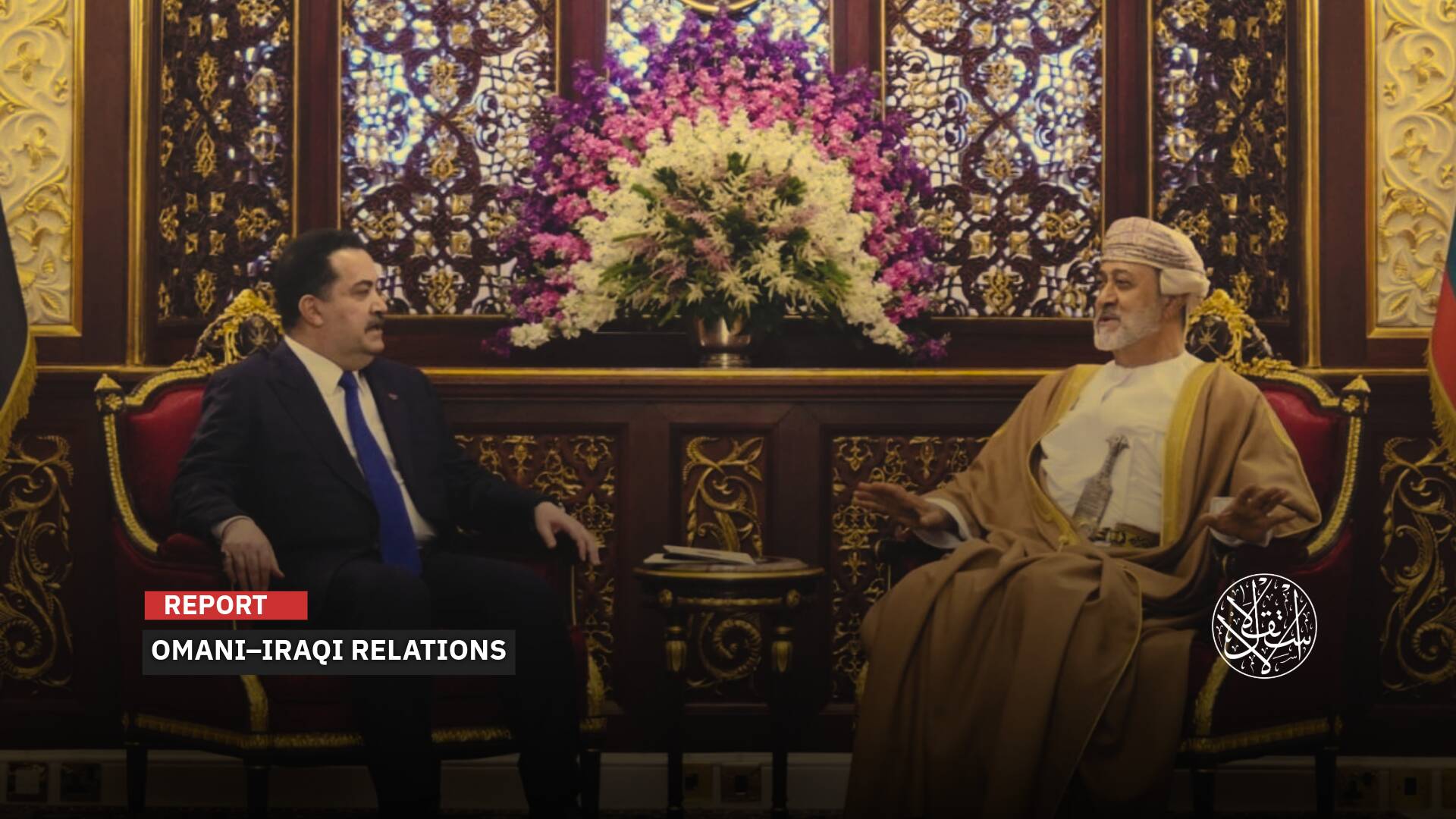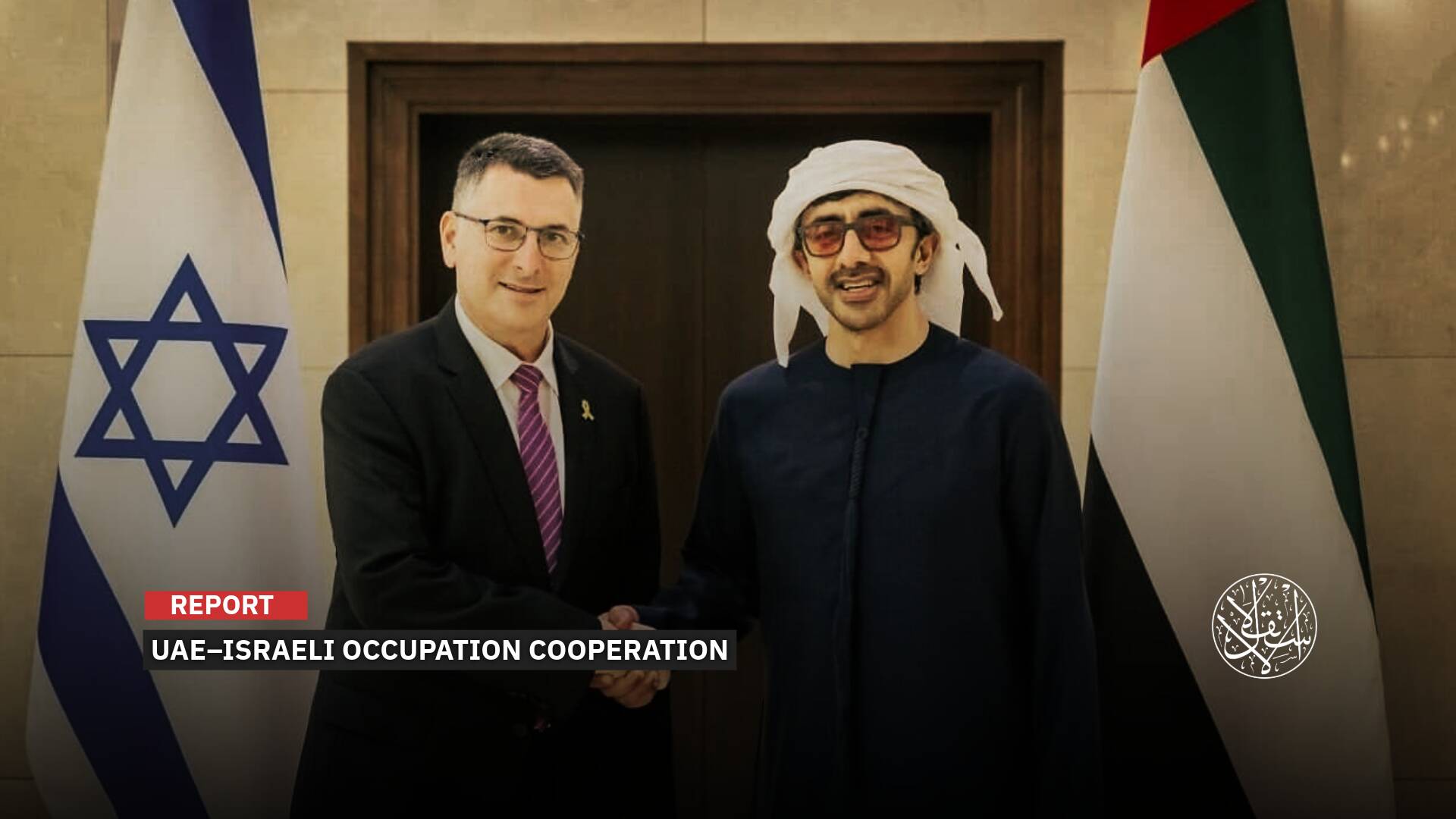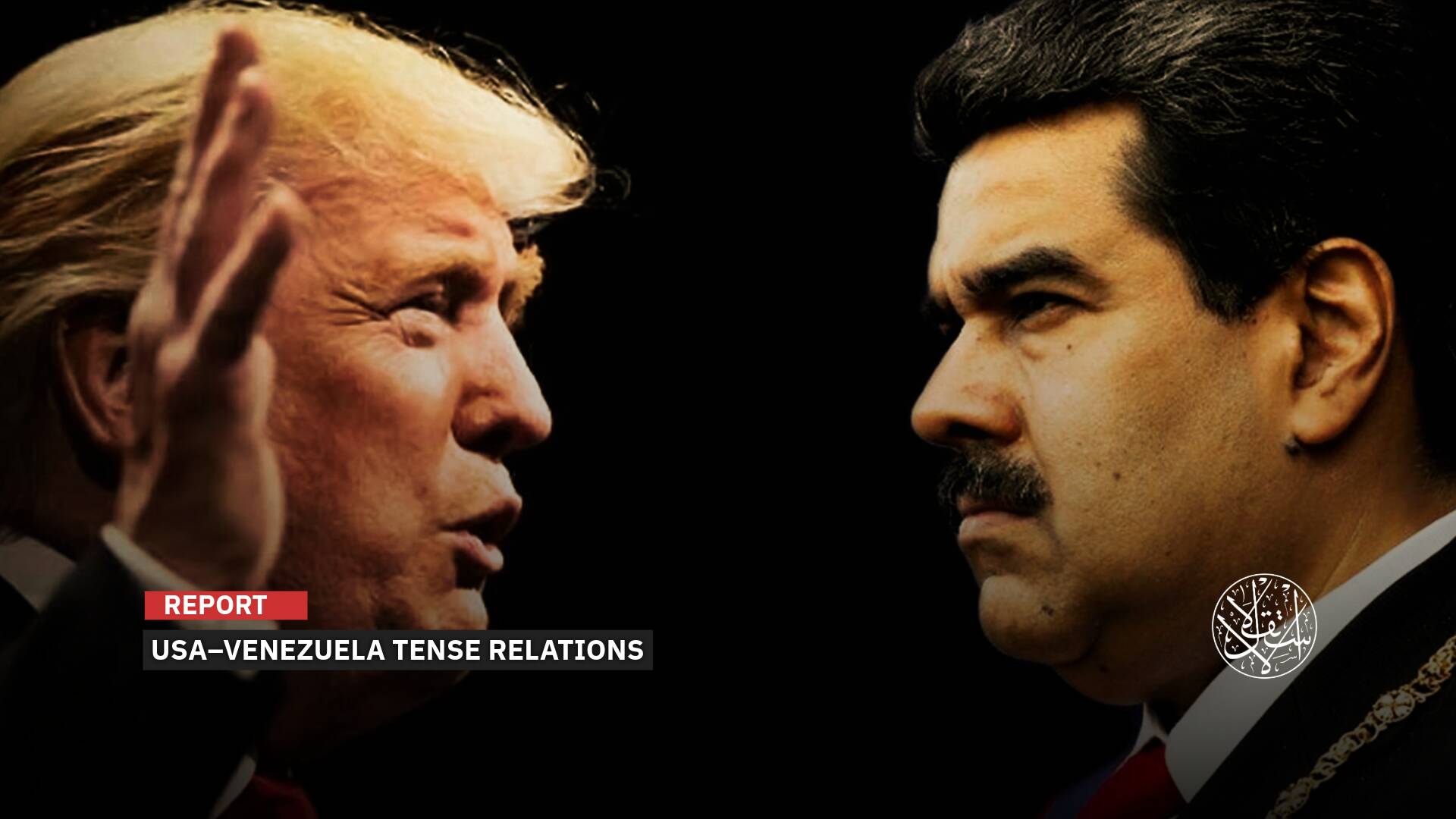What’s Behind the Sudanese Army’s ‘Blitzkrieg’ Assault on Hemedti’s RSF Militia in Kordofan?
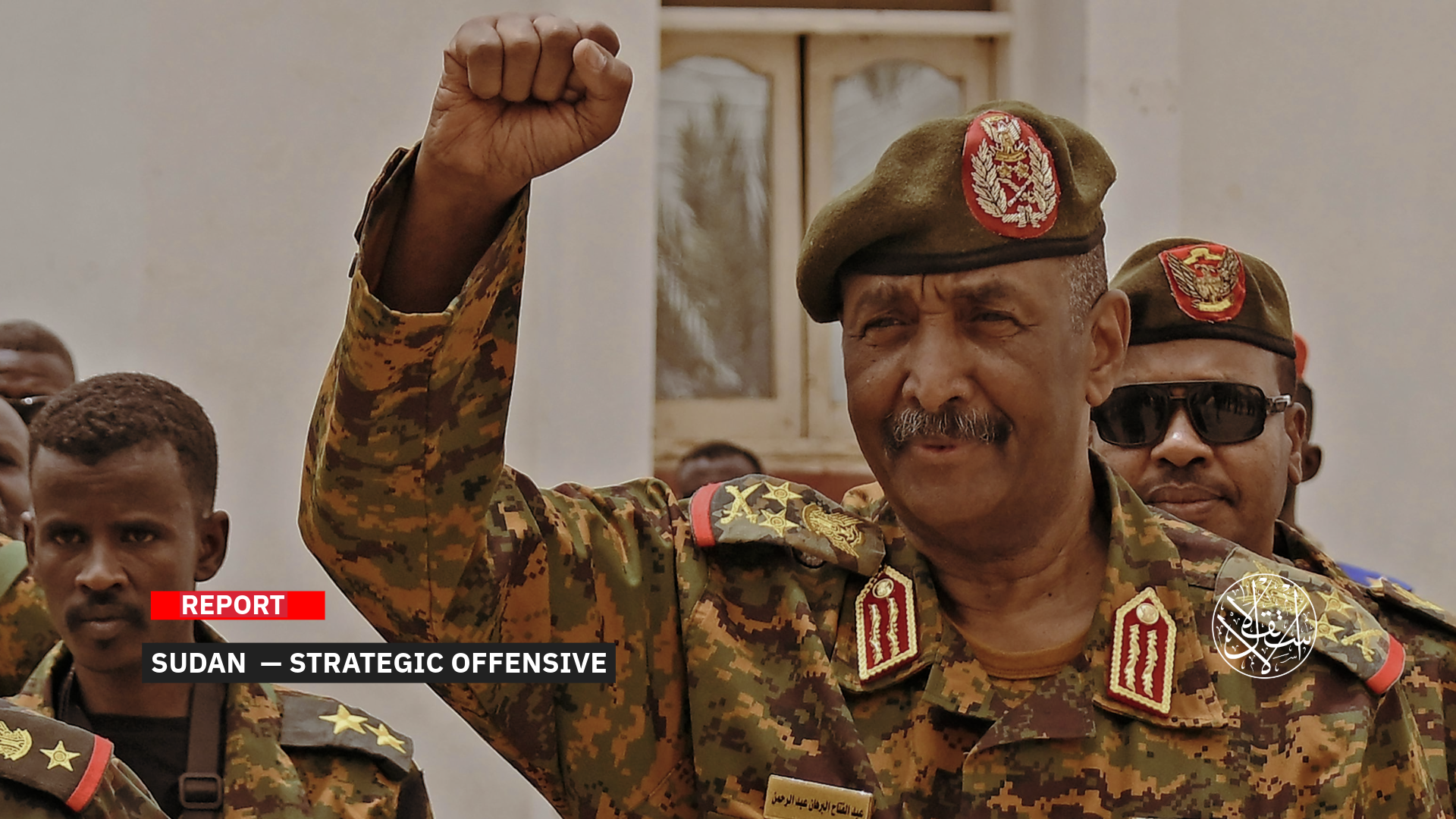
These swift attacks aren’t just about winning ground—they’re part of a wider military strategy.
Between the strategic zones of al-Reyash and Kazgeil, firepower inches steadily toward the heart of central Kordofan — a theater now emblematic of the escalating showdown between Sudan’s national army and the mutinous Rapid Support Forces (RSF) militia.
Where geography meets strategy, once-quiet farming villages have morphed into forward fire lines in a grinding conflict with no clear end in sight.
The Sudanese army, asserting a fresh tactical gain, announced the recapture of al-Reyash and the launch of a fierce campaign to seize Kazgeil — a critical stronghold lying just south of the strategically vital city of el-Obeid.
All this unfolds as both sides double down on their bets in Kordofan — increasingly seen not just as a battlefield prize, but as the potential linchpin for military — and perhaps even political — supremacy in the war at large.
Yet what is playing out in Kazgeil is far more than a tactical advance. It forms part of a broader, high-stakes push to fortify el-Obeid, break the siege encircling it, and carve a pathway toward South Kordofan — a region where battles blur into messaging, and the future of the conflict is etched in trails of blood and dust.
Ground Realities
In a statement issued on July 7, 2025, the Sudanese Armed Forces announced that the so-called “Al-Sayyad Task Force” had succeeded in “crushing enemy positions” in both al-Reyash and Kazgeil, according to army spokesperson Brigadier General Nabil Abdullah.
The operation, he noted, is part of a broader campaign to fortify the city of el-Obeid, break the months-long siege imposed by the mutinous Rapid Support Forces militia, and open a secure corridor southward toward South Kordofan — a move heavy with both strategic and symbolic significance.
Army-affiliated accounts shared footage purportedly showing Sudanese soldiers inside Kazgeil, vowing to press onward toward the city of al-Dabeibat — a key RSF militia stronghold in South Kordofan that also serves as a critical military and geographic link between the Kordofan and Darfur regions.
Despite the army’s claims of control, local sources reported continued clashes on the outskirts of Kazgeil, amid exchanges of artillery fire, raising questions about the stability of a region known not only for its agricultural importance, but also for its strategic position along the vital al-Dabeibat–Dilling road in the Shikan locality.
On July 8, the RSF militia declared they had fully regained control of Kazgeil, with affiliated accounts posting images of RSF militia fighters patrolling parts of the city.
Meanwhile, the local outlet Dabanga cited field sources reporting that the Sudanese Armed Forces had pulled back toward Um Arda and al-Ban Jadeed, reportedly regrouping in preparation for a renewed offensive.
The Significance of Kazgeil and al-Reyash
Kazgeil and al-Reyash have taken on heightened significance in the Sudanese army’s strategic calculus, forming the frontline buffer against RSF militia-held territories in the south.
Al-Reyash, located northeast of Kazgeil and southwest of the key city of el-Obeid, falls within the Shikan locality.
Though relatively small, the village sits along a secondary route leading southwest out of el-Obeid — a path increasingly used by RSF militia units for movement and supply.
Its proximity to these active RSF militia corridors has, in recent weeks, turned al-Reyash into a focal point of battlefield interest and military maneuver.
Kazgeil, situated approximately 45 kilometers south of el-Obeid and also within the Shikan locality, lies on the key overland route connecting Dabeibat in South Kordofan to el-Obeid in North Kordofan.
Known primarily as an agricultural hub famed for its braided cheese, Kazgeil’s significance extends far beyond its pastoral identity.
Its strategic location makes it a vital link between north and south, serving as a gateway to the RSF militias’ spheres of influence in South Kordofan.
Both towns serve as a crucial gateway to South Kordofan, making their recapture a necessary step for establishing a deep defensive buffer to protect el-Obeid from falling and to pave the way for broader offensive operations further south.
El-Obeid, as the largest urban center in North Kordofan, is a prime target for the RSF militia, who seek to seize control to expand their influence across the Kordofan region bordering Darfur — and ultimately to secure an open route westward toward Khartoum.
In response, the Sudanese army is determined to fortify and maintain control over el-Obeid, recognizing its critical role as both a logistical hub and military stronghold.

Gradual Strategic Advance
Field reports suggest the Sudanese army is pursuing a gradual strategic advance aimed at consolidating control over the Kordofan region — a vital crossroads linking Sudan’s west and central areas.
This means the battle for Kazgeil cannot be viewed in isolation, but rather as part of a broader effort to reshape the balance of power across the country.
The ongoing war, which erupted in April 2023 between the Sudanese army and the RSF militia, has claimed more than 20,000 lives, according to UN estimates, and displaced over 15 million people both within Sudan and beyond its borders.
This grim toll has prompted stark warnings from the United Nations about the worsening humanitarian crisis as military operations continue to ravage civilian areas.
As the conflict enters a new phase in Kordofan, the forthcoming battles promise to be even more complex, particularly as the army seeks to expand its operations southward into RSF militia-held territories around al-Dabeibat and Dilling, with fears mounting of further escalation amid a deepening political deadlock.
Map of Control
Kordofan is no longer merely a geographical footnote on Sudan’s conflict map; it has become an open battleground for the contest for territorial influence between the Sudanese army and the RSF militia.
The struggle now hinges more than ever on control of key cities and strategic corridors.
In North Kordofan, the army maintains firm control over el-Obeid — the state’s administrative and military capital — along with major towns such as Um Ruwaba, al-Rahad, Shikan, and Um Dam Haj Ahmed.
In contrast, the RSF militia maintains a presence in al-Mazroub, Umm Sayala, and Umm Qarfa, making the area a frequent flashpoint.
Meanwhile, in West Kordofan, control is clearly divided: the army holds sway over Babanusa, al-Khwei, Heglig, and al-Miram, while the RSF militia commands key towns such as En-Nahud, el-Fula, al-Maglad, and Abu Zabad.
Though the map of influence occasionally shifts, this fragile balance has largely endured.
In South Kordofan, the balance has decisively tipped in favor of the army, which now controls an estimated 90 percent of the state’s towns and territories, including Kadugli — the capital — as well as Dilling, Abu Jubayhah, Heiban.
The city of al-Dabeibat remains the sole exception, still held firmly by the RSF militia and serving as their northern stronghold in the state.
This profound geographical shift in control has pushed front lines to consolidate fully within the Darfur and Kordofan regions, as battles have largely receded from Sudan’s northern, eastern, and central states — areas now militarily stabilized under army dominance.
As this advance continues, the war appears to have entered a more defined phase across its fronts, drawing ever closer to a decisive military reckoning.
While the army pushes forward with its strategic deepening, the RSF militia struggles to consolidate their remaining footholds within the fractured terrain, locked in a relentless cycle of skirmishes and counterattacks that continuously reshape the battlefield.

‘Blitzkrieg’
In an analysis of recent developments, Sudanese politician Omar al-Bashir likened the army’s tactics in its latest battles in North Kordofan — particularly around al-Reyash and Kazgeil — to a “blitzkrieg” style of warfare.
He told Al-Estiklal that the army’s “Al-Sayyad Task Force” relies on sudden, rapid, and intense strikes that catch the RSF militia off guard in their positions, sow confusion within their ranks, and inflict heavy losses — forcing them into hasty withdrawals without the capacity to regroup or mount an effective counterattack.
Al-Bashir explained that this approach — combining rapid, hit-and-run tactics with carefully coordinated ground operations — is bolstered by active air support from both manned fighter jets and drones.
These aircraft focus their fire on RSF militia rear lines and military supply routes, particularly in hotspots like Kazgeil and al-Dabeibat.
He stressed that the recent surge in drone deployments marks a qualitative shift in the trajectory of the Kordofan front.
According to al-Bashir, these swift strikes are not merely aimed at securing immediate battlefield gains but form part of a broader military strategy to tighten control over the Kordofan region — Sudan’s most crucial geographical corridor linking the west with the central states.
Control of Kazgeil, following al-Reyash, represents a crucial gateway to opening the route toward South Kordofan and breaking the siege of el-Obeid — a city of decisive importance, according to the Sudanese politician.
Speaking on el-Obeid, al-Bashir described it as a strategic stronghold for the Sudanese army, housing barracks and supply bases, with an airport of significant military and logistical value.
The airbase has frequently served as the launch point for army aircraft targeting operations in the west, while the network of roads stretching from el-Obeid to other states further cements its role as an indispensable logistical and administrative hub.
Al-Bashir concluded by emphasizing that the capture of al-Reyash and the advance in Kazgeil are far more than limited battlefield victories.
They send a clear message that the army is now employing a rapid, shock-and-awe strategy designed to erode its opponent’s capacity to withstand or mount effective counterplans — all amid a continued political deadlock and an escalating conflict spreading further south.


